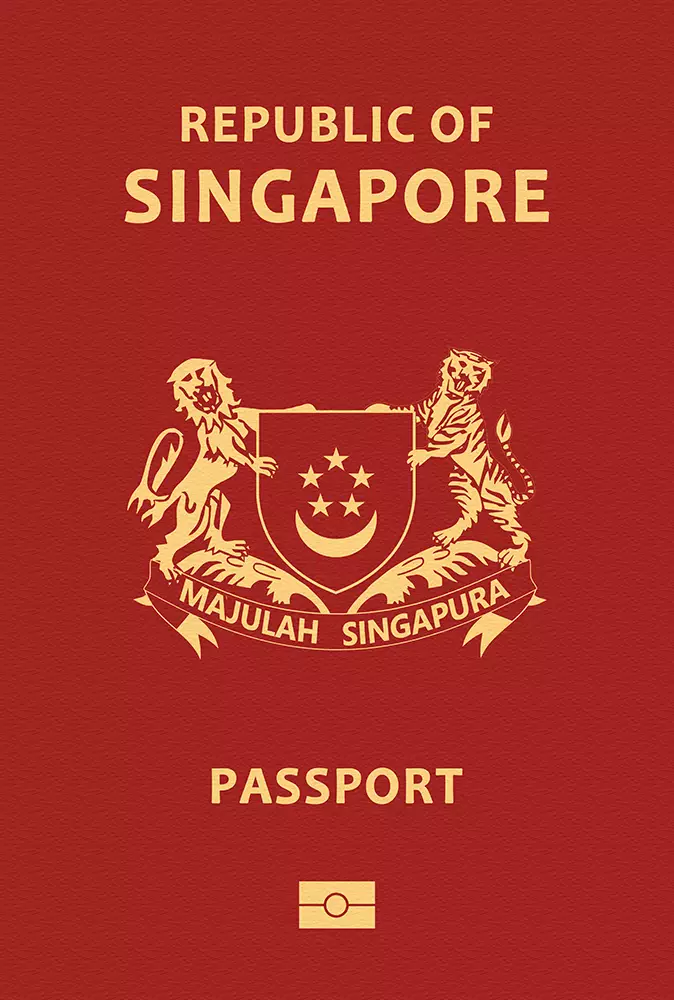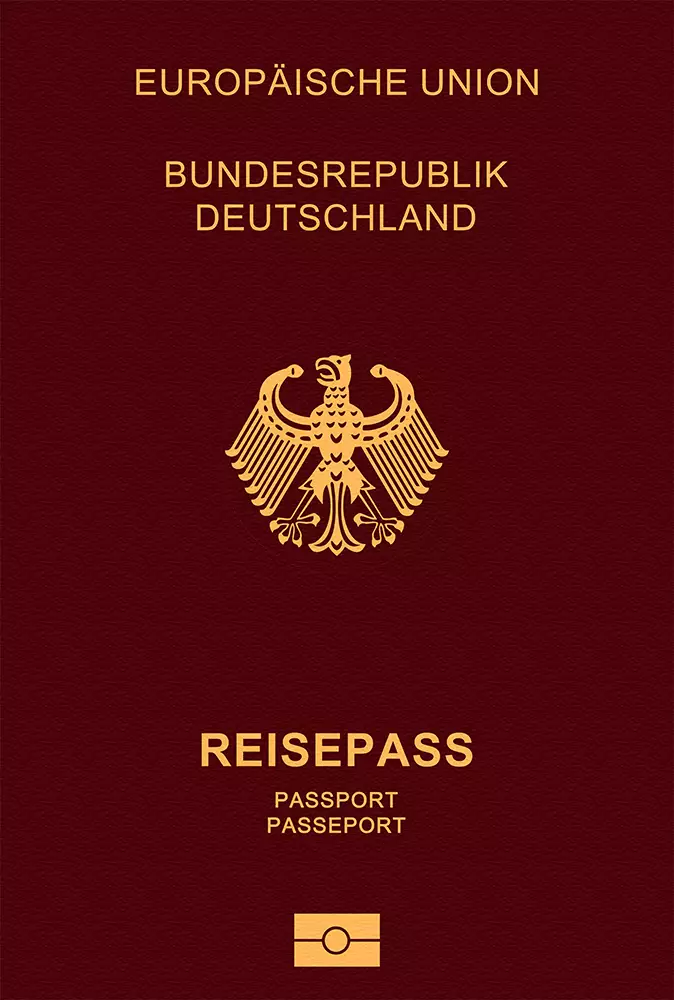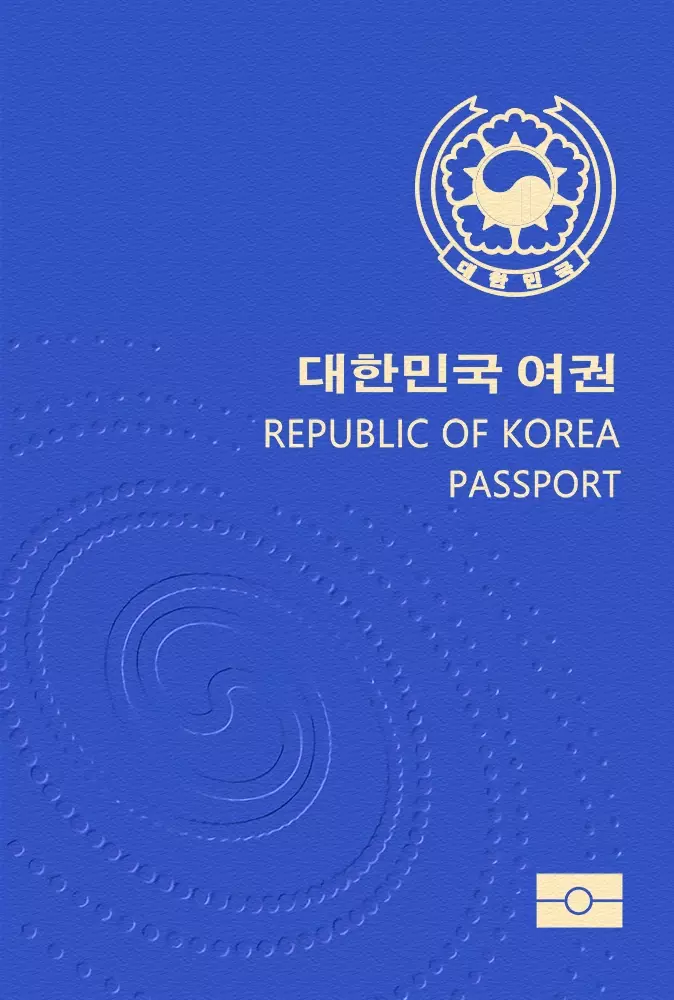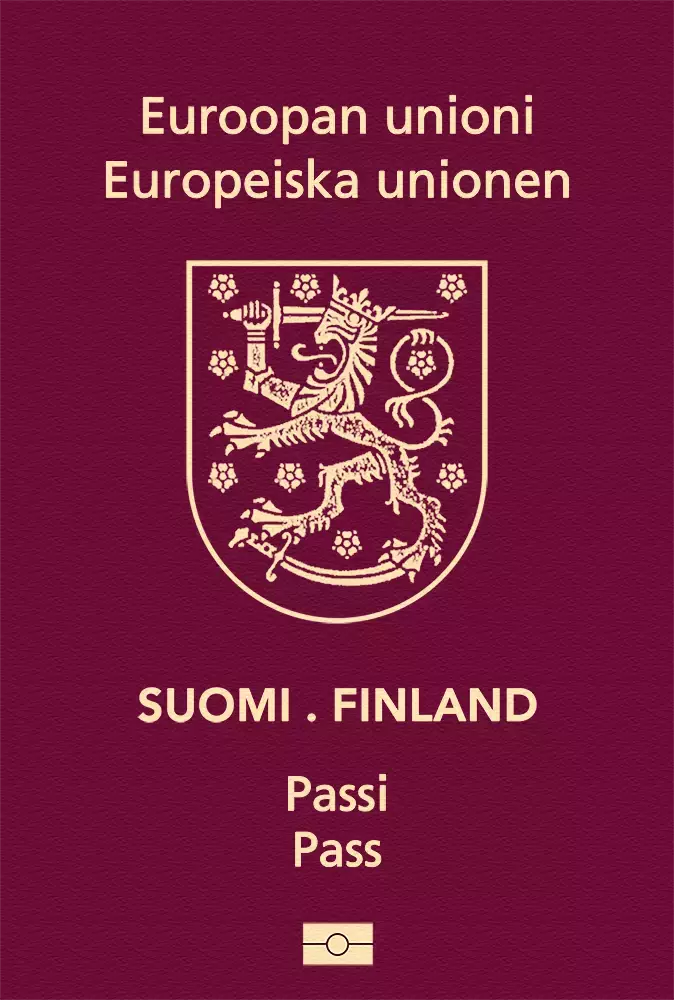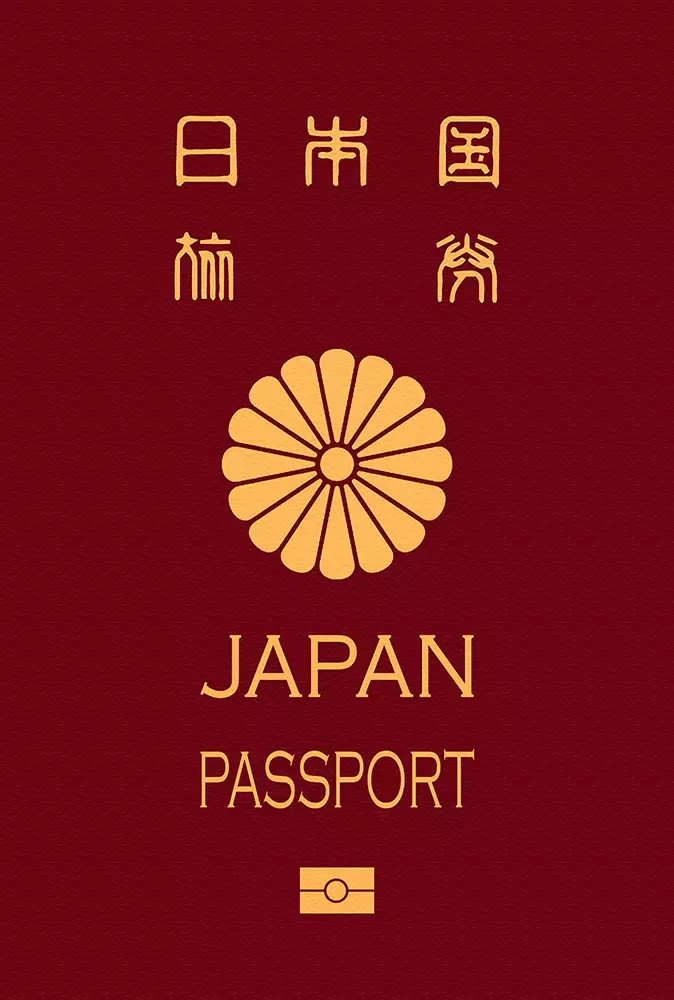There are nineteen departments in the Oriental Republic of Uruguay. Maldonado, Canelones, and Montevideo are the three most significant departments. Situated in South America, the nation has borders with Brazil and Argentina. At 176,215 square kilometers, Uruguay is the second-smallest nation in South America. With warm summers and mild winters, it has a moderate climate. Low hills, fertile coastline land, and rolling plains define the terrain. With more than 3.4 million citizens, it ranks as the tenth most populous nation in South America. With a population of over 1.7 million, Montevideo serves as both the capital and most populated city in the nation. Salto and Ciudad de la Costa come next.With two million passengers each year, Carrasco International Airport (MVD) is the biggest airport. The airport links Uruguay with locations in North America, Europe, and South America. South European customs and European heritage predominate in Uruguayan culture. Most of the nation is home to a diverse population of many cultures and religions, with Roman Catholicism predominating. Spanish is the official language. The Spanish Civil Code is the foundation of the legal system. There is a presidential republican form of governance. The duly elected President Luis Alberto Lacalle Pou is the head of state and administration. The Peso Uruguayo (UYU), which is the official currency, is currently worth 39.64 USD. With an open economy, the nation ranks 15th among Latin American nations in terms of GDP, with an estimated $86.5 billion generated annually. The per capita income of its people is $24,516. The two main industries that comprise the majority of the GDP are industry and services. The most significant export goods were cellulose, petroleum, electrical machinery, textiles, meat, and soybeans. Uruguay is renowned for its stunning coastline and expansive natural areas. Throughout the nation, there are two cultural UNESCO World Heritage sites in total. Montevideo, the nation's capital, Punta del Este, Colonia del Sacramento, Punta del Diablo, Cabo Poonio, and Casapueblo are a few of the important locations. Approximately 3.2 million tourists visit the country annually, the bulk of whom are from North and South America. Uruguay is now among the South American nations that receive the most tourists.







































































































































































































































